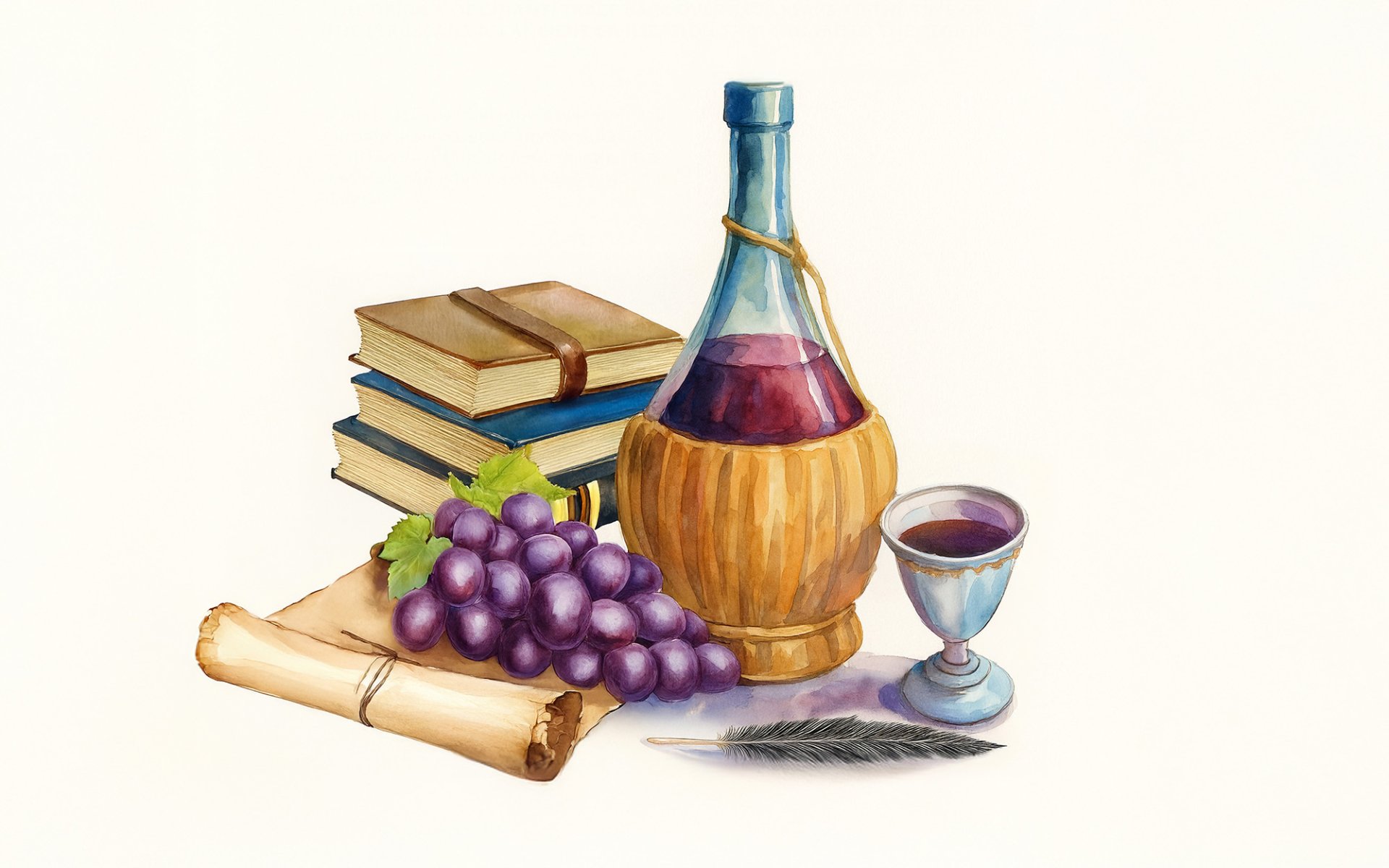Chianti

From Etruscan Clante to Gallo Nero
Chianti is one of Italys most iconic red wines, originating from Tuscany and based primarily on the Sangiovese grape. Its roots go back over 3,000 years, to the ancient Etruscans who referred to wine as Clante, meaning water.
From White to Red: A Wines Transformation
While Chianti today is known as a red wine, early production in the Chianti region was largely white wine. The first official mention of Chianti dates to the 14th century in the Lega del Chiantia league of wine-producing villages including Castellina, Gaiole, and Radda. The black rooster (Gallo Nero) became their emblem.
In 1716, Grand Duke Cosimo III of Tuscany issued a decree defining the official boundaries for Chianti productionpredating Frances AOC system by 200 years.
The Baron Who Shaped Chianti
In the 19th century, Baron Bettino Ricasoli transformed Chianti with a standard recipe: 70% Sangiovese, 15% Canaiolo Nero, 10% Malvasia Bianca Lunga, and 5% other grapes. His formulation turned Chianti into a recognizable and celebrated red wine.
Regulation and Recognition
In 1932, the Italian government expanded Chianti into 7 zones. In 1967, Chianti Classico gained DOC status and was elevated to DOCG in 1996the highest quality designation in Italy. DOCG regulations require at least 80% Sangiovese, no white grapes, a minimum 12% alcohol, and at least 12 months of aging.
Additional categories include Riserva (24 months aging) and Gran Selezione (30+ months), indicating even higher quality.
Innovation with Tradition
Modern producers focus on innovation while preserving Chiantis identity. Techniques such as temperature-controlled fermentation, careful grape selection, and oak barrel aging have elevated Chiantis reputation further.
Today, Chianti is more than wineits the soul of Tuscany in a bottle


